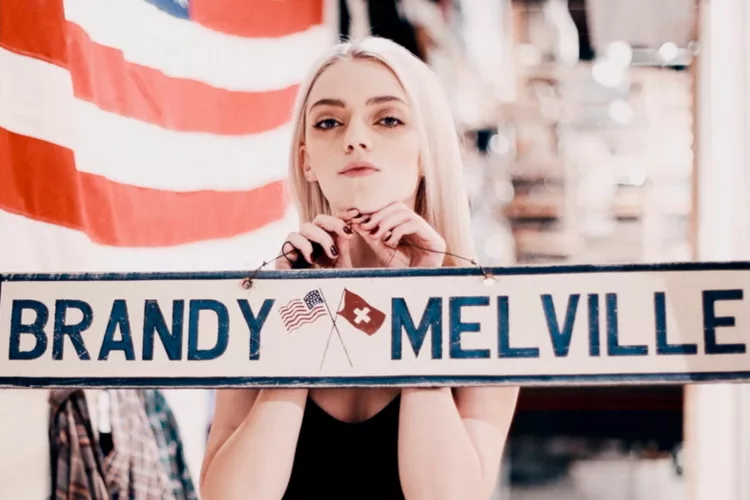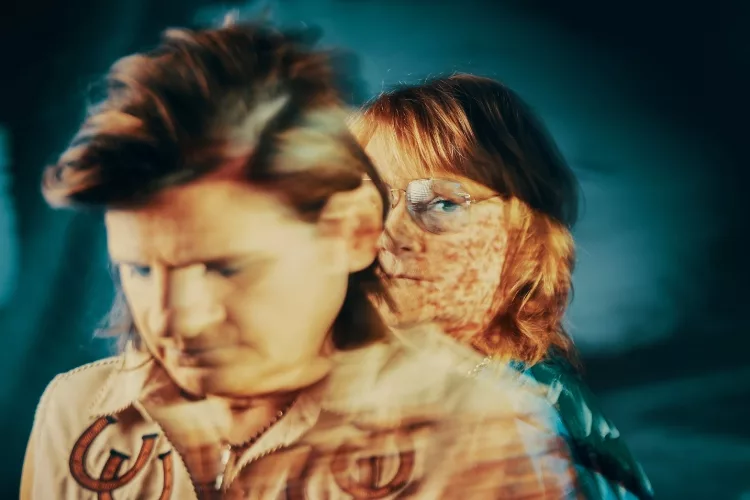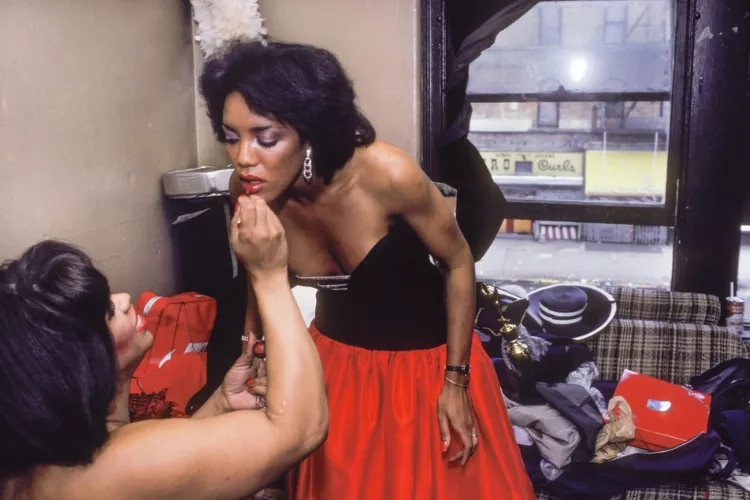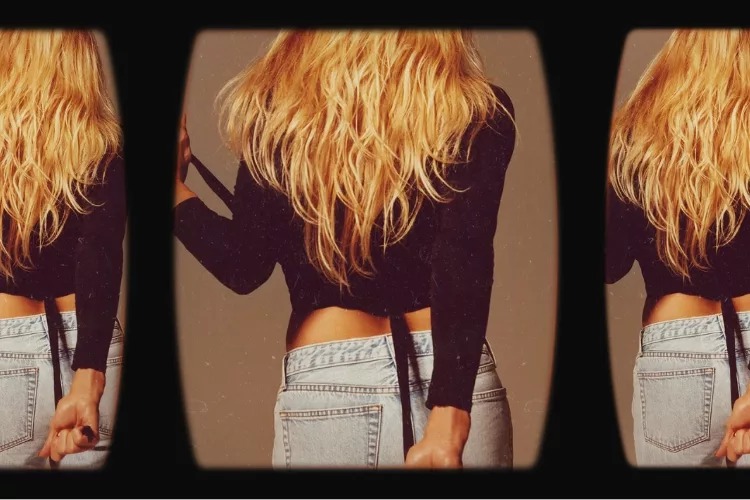It’s no secret that knitting, crocheting, and sewing have gained popularity since the start of the pandemic, going from grandma-chic to gen-z-chic. The pastime has made a comeback as a way to keep your hands busy that doesn’t involve doom-scrolling on social media. The resurgence also reflects a growing desire for pieces that are unique rather than just what everyone else is wearing. Where wearing handmade garments used to symbolize not being able to afford store bought clothes, it is now a way to flaunt personal style.
But it goes beyond that –activist knitting has reclaimed its place as a radical act: a Danish knitter blankets a tank in a pink garment; penguins damaged from oil spills are kitted out in tiny sweaters, decimated coral reefs form the basis of a worldwide knitting art project protesting the climate catastrophe. Knitting is an enduring and centuries-old tradition of needle crafts that speaks to a larger culture of effecting change.
Stitching While Bitching: A Brief History of Knitting and Activism
Knitting has long been used as a form of activism regarding race, class, and human rights issues. Historically, women’s ability to play a role as public figures was highly restricted, and this “seen but not heard” attitude made knitting, quilting, and other needle crafts a critical means of public and private communication. Before the American Revolution, women resisted British taxes by spinning their own cloth, and during the abolition era, women used sewing circles to discuss politics. One of the most famous Revolutionary spies, Molly Rinker transmitted vital information about British troop positions by hiding messages in balls of yarn. Just one example of knitting and activism.
In times of war, women worked behind the scenes, sewing uniforms, and knitting socks for soldiers on the front line, and a woman most likely made the first American flag (although whether or not it was Betsy Ross specifically, remains to be proven.)
In modern times, knitting has shown its potential to forward feminist thinking in terms of inspiring empowerment and women’s community building. In the nineties, Riot Grrl introduced a new DIY aesthetic when it came to zines, music, and fashion, and similarly, “knitting discourse encourages creativity despite artistic skill or training, the creation of personalized, one-of-a-kind objects, and a reliance on a word-of-mouth network for sustainability in a marginal marketplace.”
The Pink Pussy Hat
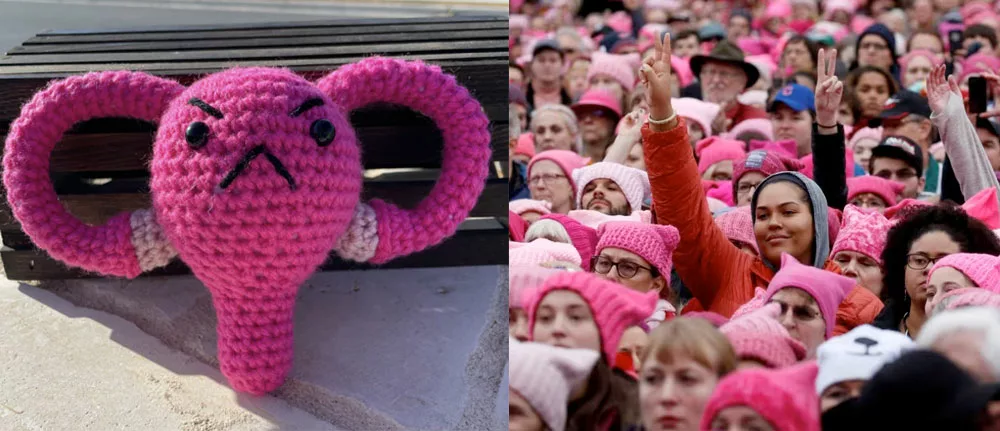
In the wake of Donald Trump’s election, knitting and activism took hold again. Women started knitting pink Pussy Hats and wearing them to women’s marches to support bodily autonomy. This grew out of earlier projects, specifically the 2005 Wombs on Washington rally, where the initial idea was to toss knitted wombs on the steps of the Supreme Court with the chant “If we knit you a uterus, will you stay out of ours?”
This action was aborted (pun intended) because concerns were raised about what would happen to the knitted wombs – if they were swept away like so much trash, that would become an unwelcome, potent anti-choice statement. This led, however, to a necessary conversation: should the wombs be worn on the outside of clothing? Would all women be represented, and so on. A lively, funny on and offline community was born out of these exchanges
Marianne Jorgensen Tank Blanket
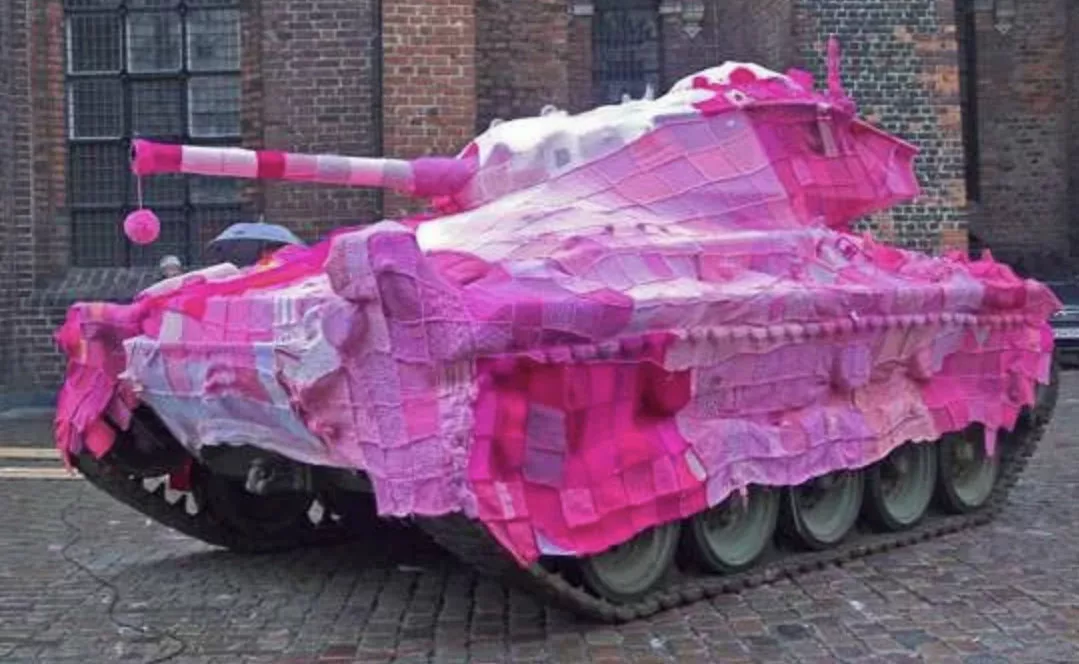
Another great example of knitting and activism is from Danish knitter Marianne Jorgensen. She was outraged with Denmark’s involvement in the US-Iraq war. She expressed her anger via knitting a massive quilt made from pink yarn which she planned to drape over an old WWII tank.
Word spread and eventually, Marianne had volunteers helping her knit pink squares. When the blanket was finally finished, it was wrapped around the tank, becoming a symbol of the pointlessness of war. Marianne explained that knitting symbolizes home and family, so this pink blanket greatly contrasts the tank and makes a mockery of battle.
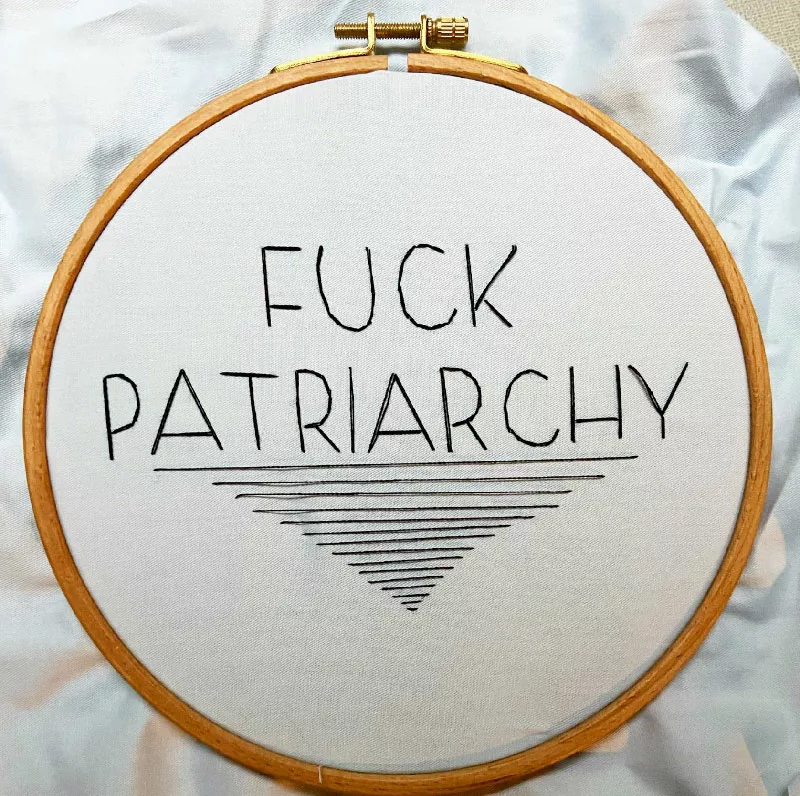
In the past few years, creators like Shannon Downey started drawing attention for their contemporary versions of needle activism. In a past interview we did with Shannon, she shared the process of getting national help finishing a fifty states quilting project she’d found at an estate sale (later dubbed “Rita’s Quilt”). Some unexpected negativity inspired her to partner up with the Social Justice Sewing Academy to spread her activism into a quilting world that needed to become more inclusive.
Knit Community Groups to Know
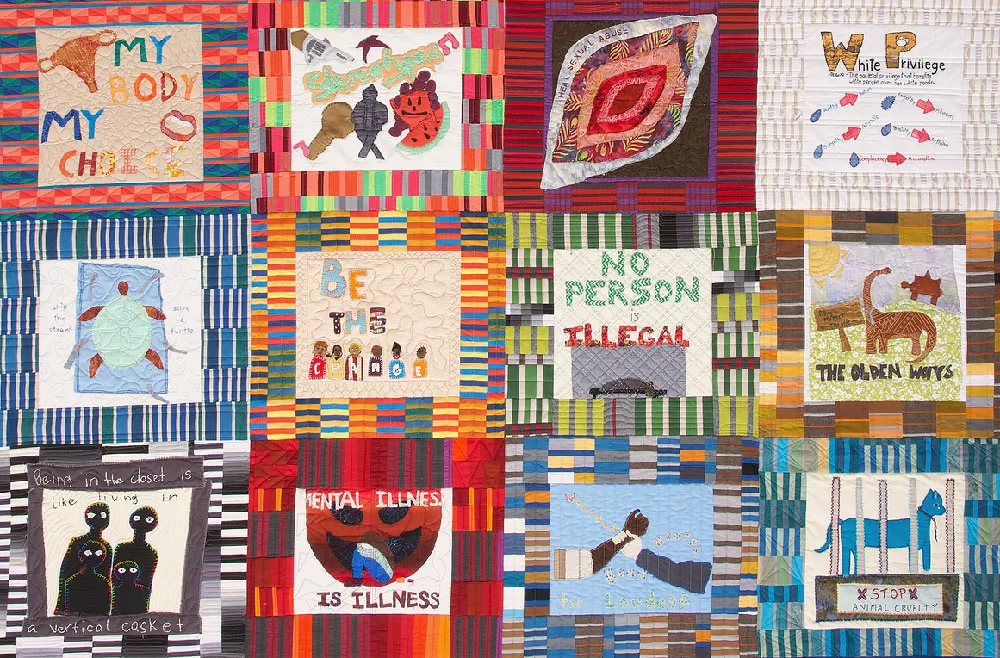
Social Justice Sewing Academy
According to their website, “The Social Justice Sewing Academy (SJSA) is a non-profit organization that aims to empower individuals to utilize textile art for personal transformation, community cohesion, and to begin the journey toward becoming an agent of social change.” Their programming places an emphasis on youth empowerment through various creative workshops, with middle and high school students exploring themes of “gender discrimination, mass incarceration, gun violence, and gentrification” in art that is eventually displayed in public spaces. Other initiatives include small business support, quilting projects, and an anti-racist guidebook.
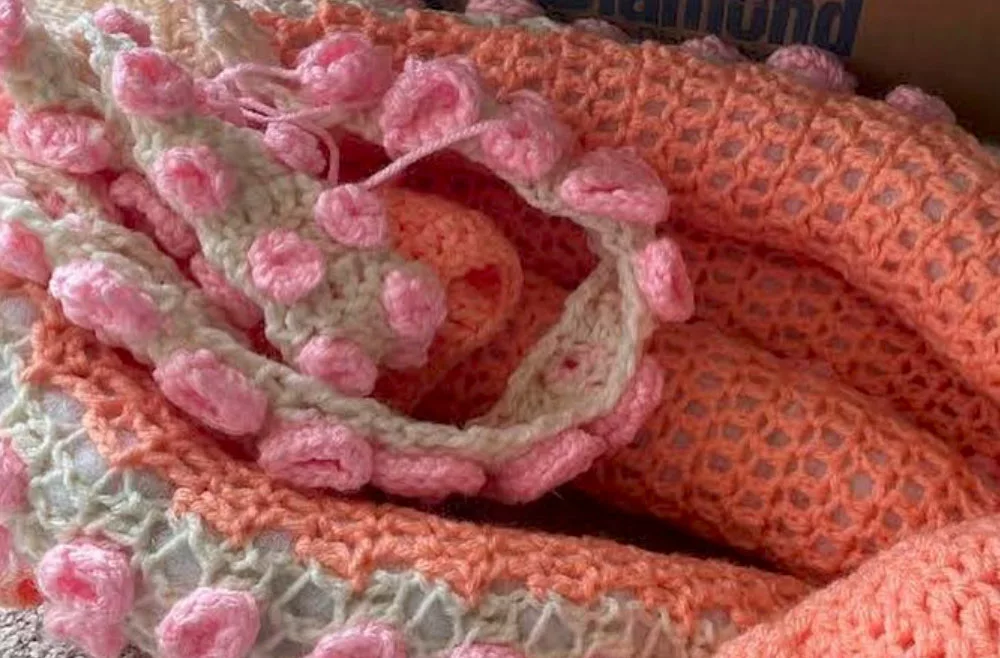
Loose Ends Project
Self-proclaimed “match-makers” and knitting enthusiasts Jennifer Simonic and Masey Kaplan started the Loose Ends Project after being asked numerous times to complete unfinished knitting projects left behind by deceased loved ones. The Loose Ends community comprises volunteers; all knitters, crotchetiers, and other weavers are invited to join. There are two ways to participate: submitting a project that needs finishing or becoming a finisher for these projects. Loose Ends allows experienced and amateur knitters to take on new projects without buying new material. It eliminates the waste of throwing away incomplete projects or letting them sit neglected in the corner, collecting dust.
Check out the mini-documentary made by 60 Second Docs here.
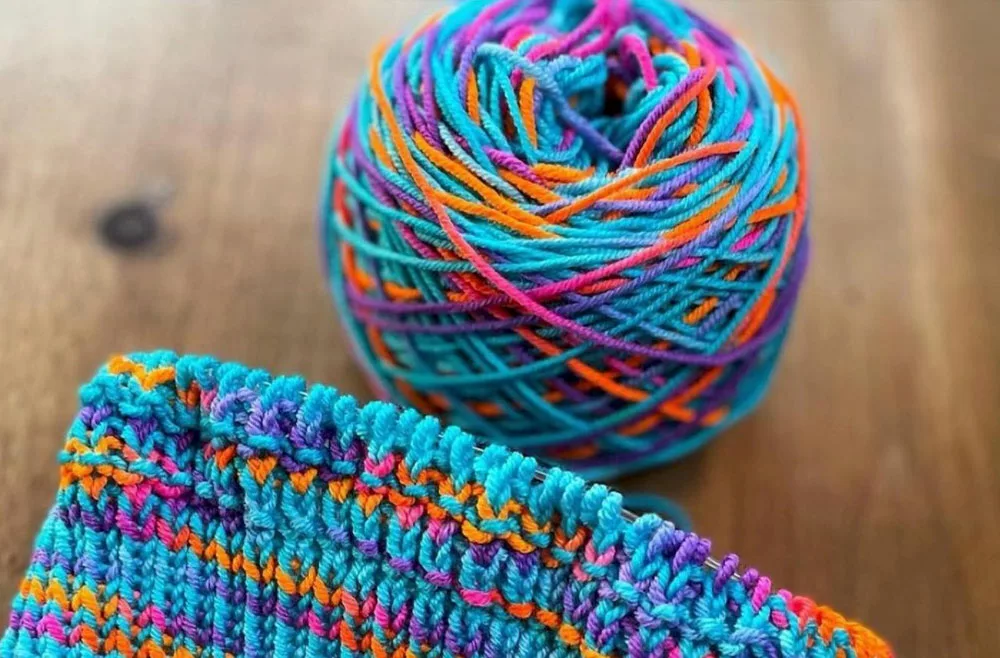
Knit the Rainbow
Knit the Rainbow serves LGBTQ+ homeless youth in New York City and Chicago by providing handmade, winter-appropriate clothing knitted by volunteers and distributed directly to those in need. Since 2020, KtR has given out over 10,000 garments made by its network of over 200 volunteers. The organization hopes to bring awareness to the current housing crisis through their work, specifically targeting LGBTQ+ youth. They plan to expand their reach to include cities nationwide and one day offer knitting and crocheting classes and programming to young people in the community.
Related Articles

